
Taken on March 5, 1960 in Havana, Cuba, by photographer Alberto Korda, this famous photo of Latin American revolutionary Che Guevara is one of the most inescapable photos in pop culture and human history. Entitled Guerillero Heroico , you’ve no doubt seen Che Guevara’s picture on mugs, T-shirts, bags, posters, magnets, and maybe even painted on the sides of buildings. But who is this Che Guevara character, and why is everyone on his face?
Che Guevara was an Argentine communist revolutionary best known for helping Fidel Castro take Cuba from the brutal dictator Fulgencio Batista and restructure the nation into a socialist republic. Che’s legacy is complicated, and his opinion of whether or not he was a good person probably depends on which country you live in. In America, for example, there are two Ches: The idealistic leader who fought for human rights and remains a symbol of progressive social revolution, and the psychopathic mass murderer whose ruthlessness barely overshadowed his half-baked notions of foreign policy and economics. It’s all very sticky.

So what is the truth? Which Che Guevara is real? Let’s start with what we know as fact. Che was born Ernesto Guevara in Rosario, Argentina on June 14, 1928. He was an exceptionally bright boy and did not let his asthma stop him from playing sports. His parents were politically and socially minded, encouraging him to read philosophy, poetry and mathematics. He received a medical degree from the University of Buenos Aires, but took long breaks from his studies to ride his motorcycle through rural South America, where he saw poverty and hunger like he had never imagined. In his most famous book, The Motorcycle Diaries , he credits this experience with influencing his views on the world and his place in it.
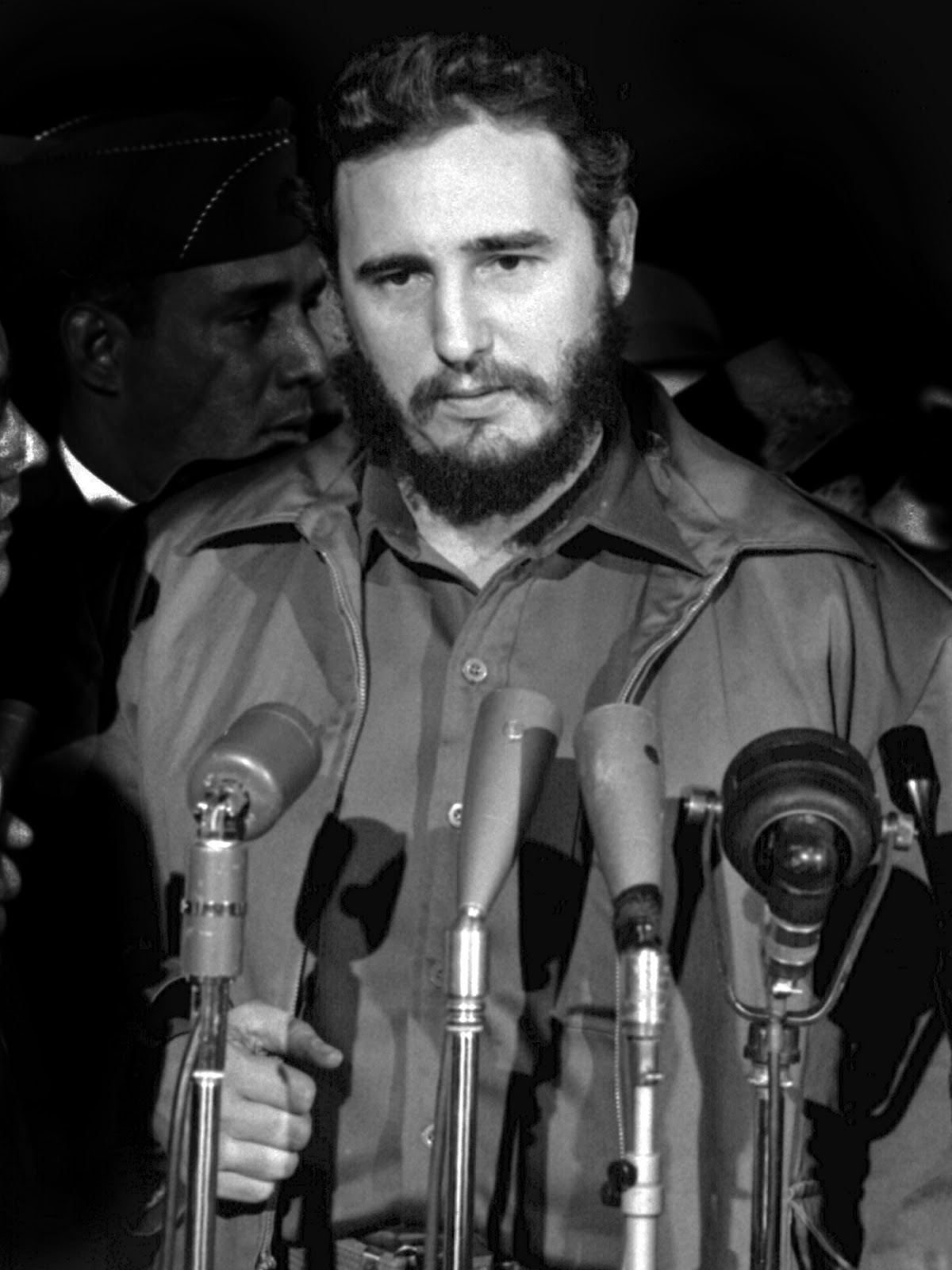
Che Guevara was only a doctor for a few months, leaving the world he knew to become a political revolutionary. His first experience in this area was through supporting Guatemalan President Jacobo Guzman, who fought to redistribute ownership of the United Fruit Company ( an American company that monopolizes land ) to the local working class. The US didn’t like this, so it spread propaganda against the Guatemalan president and also funded and armed mercenaries in an effort to violently remove the democratically elected Guzman from office.
Guzman fled and Che became disillusioned with the idea of a peaceful revolution. He moved to Mexico, where he came into contact with another leftist revolutionary, Fidel Castro. Together they hatched a plan to travel to Cuba and overthrow the truly ruthless dictator Batista.
These are the irrefutable facts. This is where things get tricky.
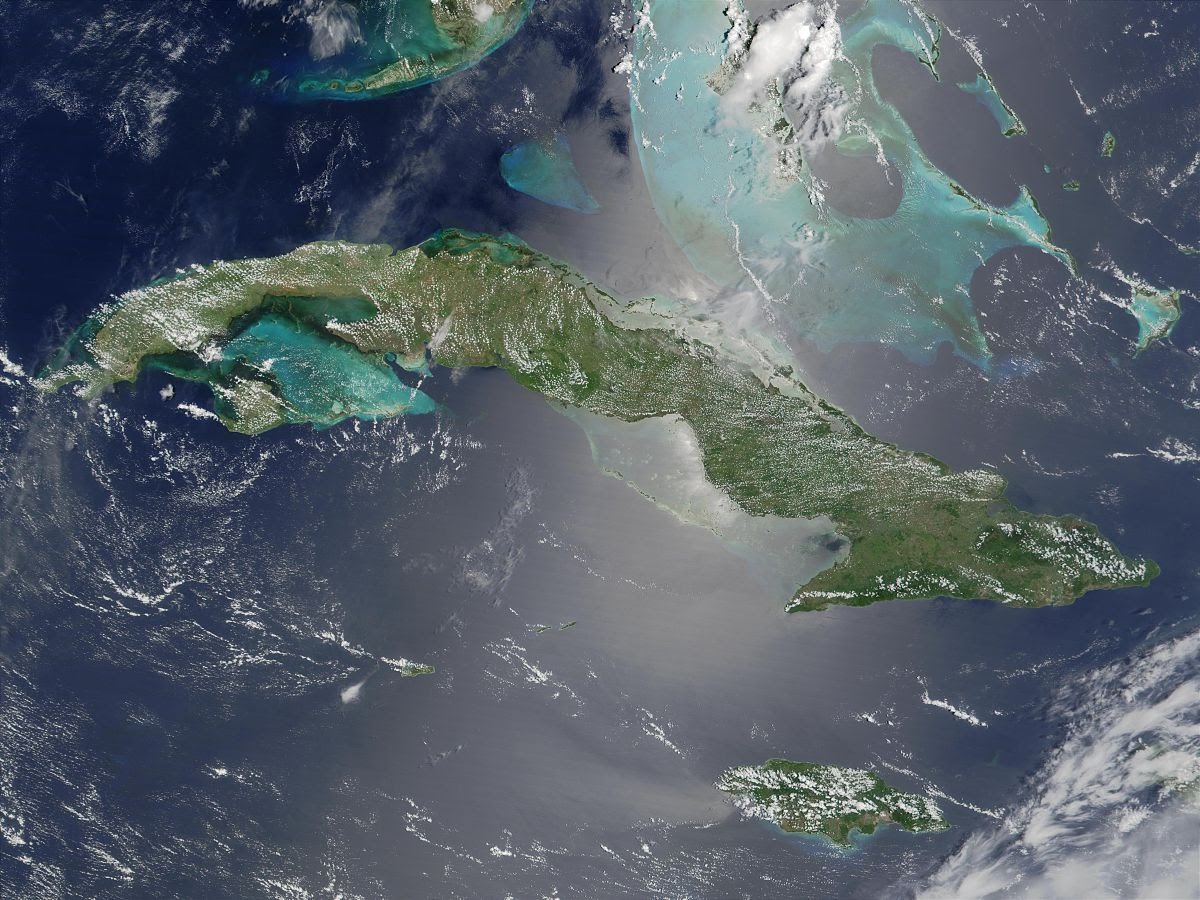
There are those who say that the famous photo of Che Guevara should not be celebrated because he is a murderer. To be sure, he did kill a lot of people. During the Revolution, he personally took the lives of many Batista soldiers and even some of his own people whom he believed to be deserters or spies. Many of these accounts are chilling, as Guevara’s approach to a quick execution was seen as cold and ruthless. However, when we compare these stories to those about, say, George Washington , things get a little muddled. Did Washington execute those who defected from the Continental Army? Yes . Did Washington execute spies? Yes . Has Washington displaced entire communities by violent means? Oh, you bet .
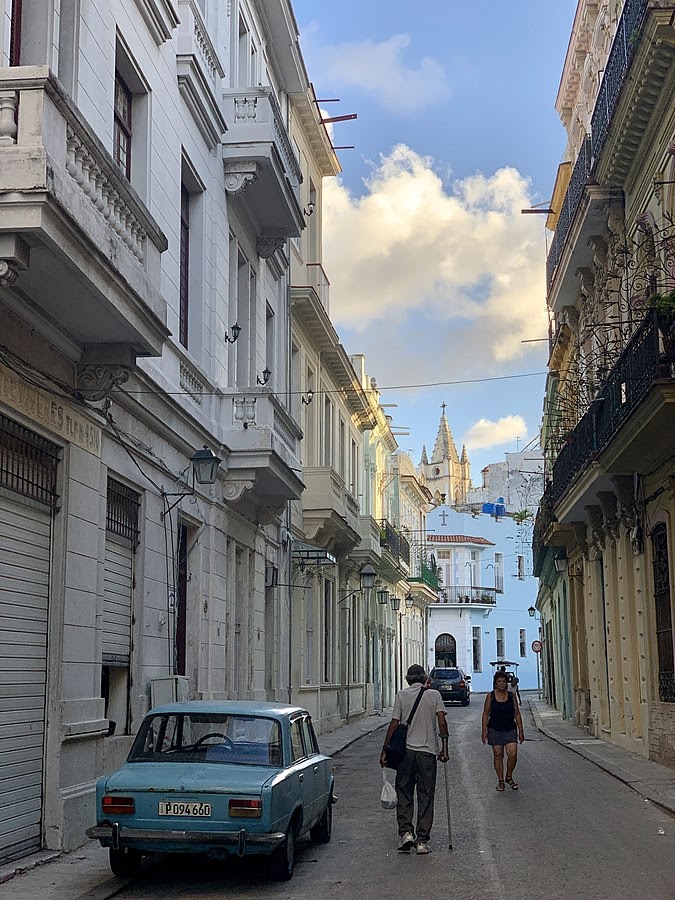
So is the American perception of Che Guevara as a ruthless and ruthless killer just anti-communist propaganda? Not exactly. What really earned Guevara international infamy was what came after the success of the Cuban Revolution. He is often referred to as “the butcher of La Cabana” because of his part in executing hundreds of people in Batista after the revolution was defeated. However, the image in many Americans’ minds of Guevara wandering the streets accusing civilians of disloyalty and shooting them is false. Those killed at La Cabana were somehow involved with Batista’s government or military.) In fact, many historians argue that the Cuban people overwhelmingly approved of this after suffering for years under the Batista government, which routinely tortured and murdered its people . On the other hand, many also claim that some of the accusations were false and that Guevara simply exercised his power to ruthlessly silence dissenting beliefs.
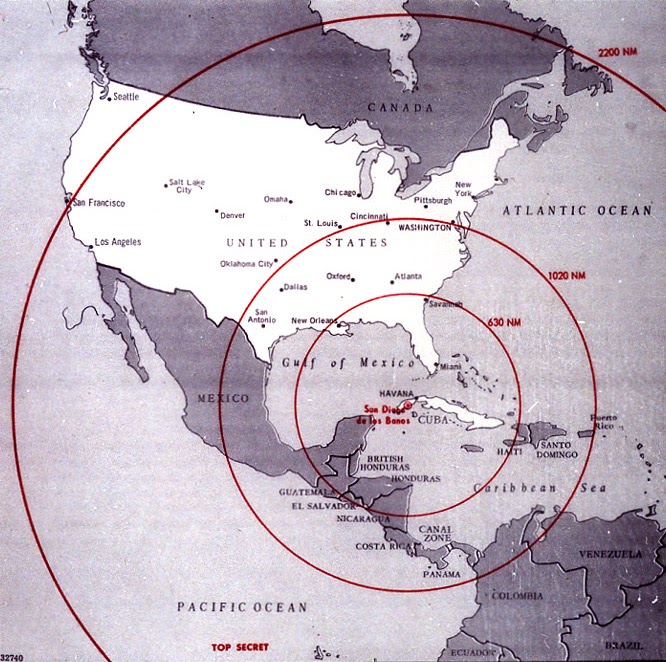
Still, Guevara has other marks on his record. It was he who invited the Soviet Union to bring missiles into Cuba and egged them on during the Cuban Missile Crisis. Luckily, the Soviet Union backed down, but Guevara’s eagerness to start a nuclear war is alarming to say the least. Likewise, there is the issue of forced labor camps, the elimination of all free media, the conviction of political enemies based on paper-thin evidence, and lots and lots of arbitrary detentions of civilians. Also, once the Revolution was over and Guevara actually got his coveted leadership in the Cuban government, his policies were almost always failures from an economic perspective. There was food rationing. It wasn’t great.
And yet, despite all the bad, there is still the good. Guevara’s social and educational initiatives were responsible for raising the literacy rate from 77% before the Revolution to 96% . He opened public colleges, nationalized banks, and improved public health. Eventually, however, he realized that he was little better at guerrilla warfare than government, so he left for other countries like the Congo to support their communist uprisings. He failed and was eventually captured by CIA agents in Bolivia, where he was executed by firing squad. They buried his body and sent his severed hands back to Cuba so they could identify his fingerprints and announce his death to the people.
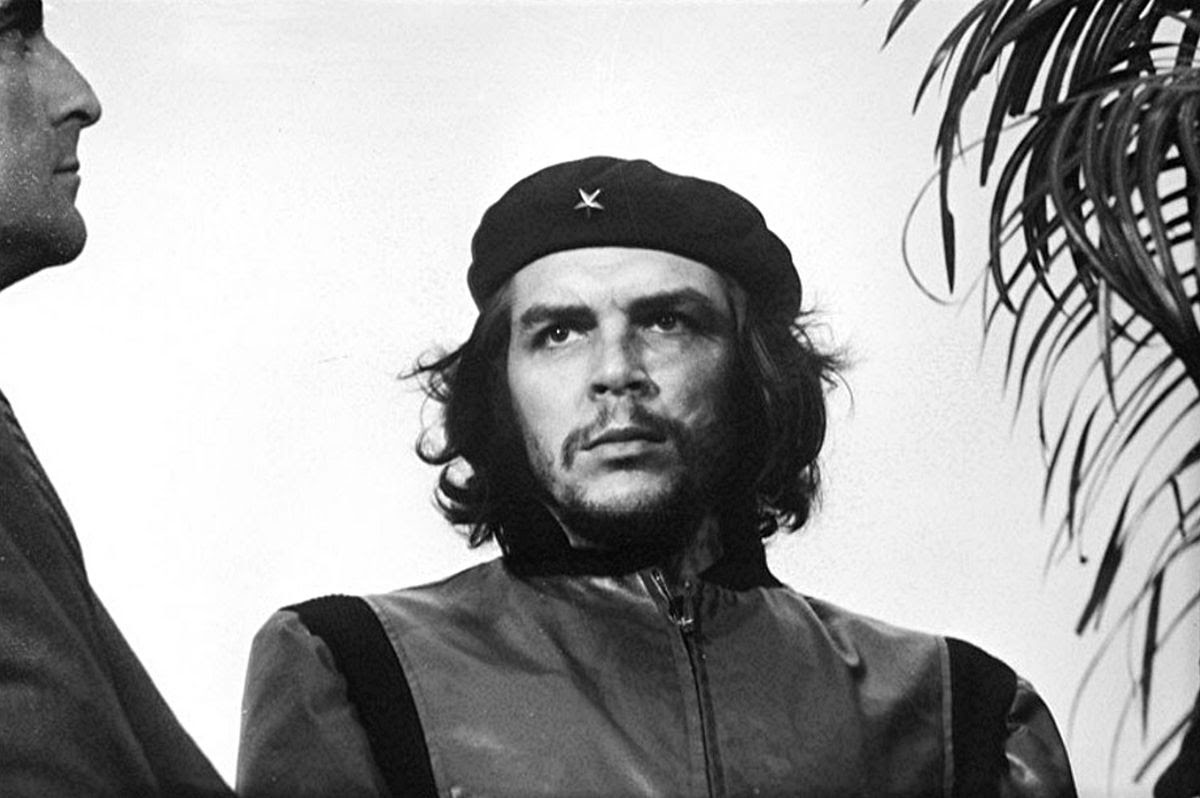
If it’s still not clear why Che Guevara’s photo is in every gift shop and dorm room of every major liberal arts in America, the problem boils down to a few things. A: It’s a good picture! Despite the grand pose, it is actually a candid photo that has been cropped and slightly rotated to look like a portrait. The gravity of Guevara’s expression is due to mourning for the lives lost in the explosion of the French freighter La Coubre.which was docked in Havana the day before. Guevara was in a building close to the explosion and rushed to the scene despite the obvious danger, providing emergency medical treatment to several of the victims. The Cuban government believed the CIA was behind it all, and an American on board was later tried and executed for the attack. The raw, haunting emotion on Guevara’s face resonates with people and makes the photo stunning from a purely artistic perspective.
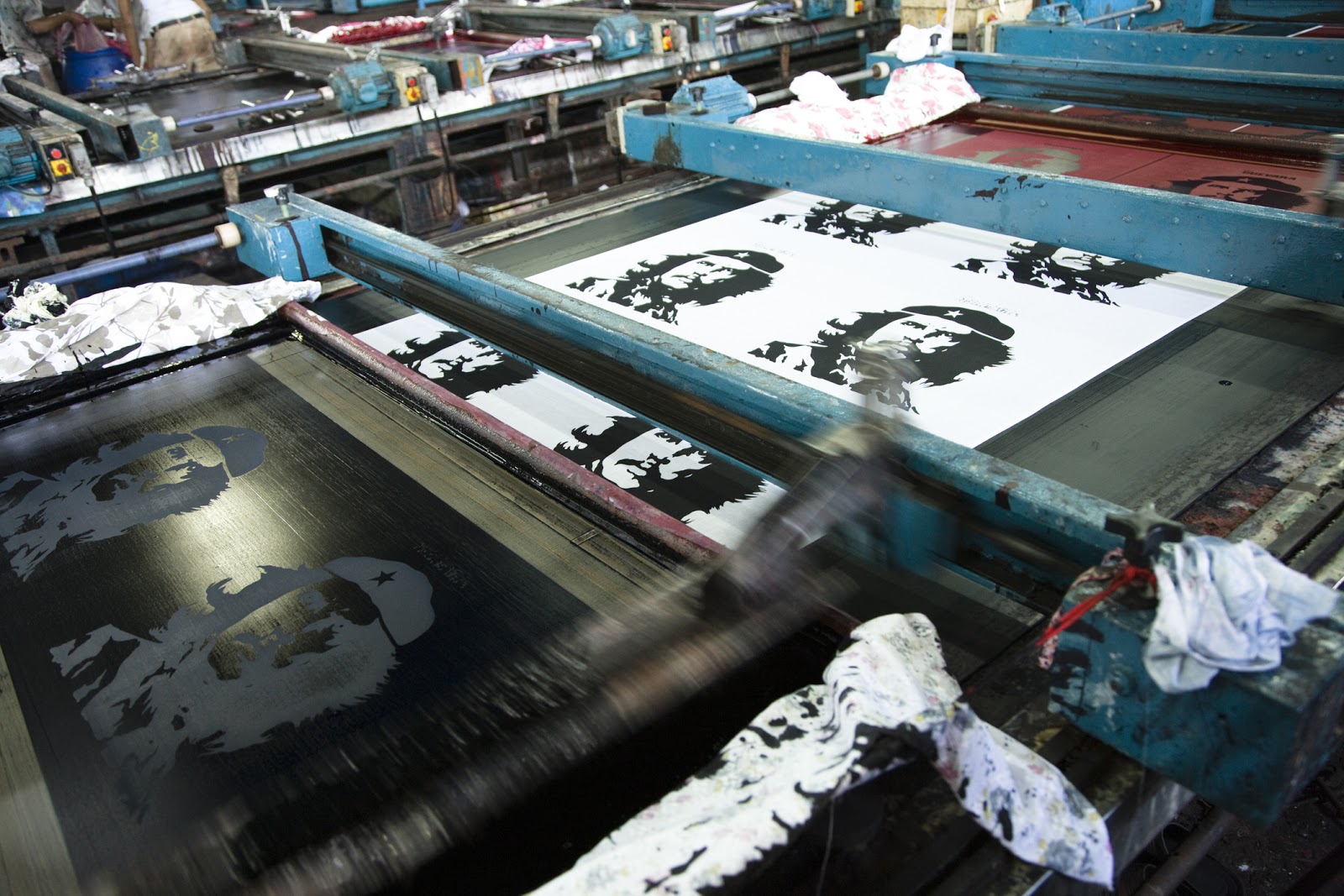
Second, the man who took the photo, who was also an anti-capitalist, released the photo into the public domain in accordance with Guevara’s belief system. This means printing is free. Third, or perhaps just as a result of that last thing, it has a long tradition of being used as a general symbol for leftist revolution ever since publisher Giangiacomo Feltrinelli spread it across Italy in 1967 to promote leftist sympathies for Guevara’s cause. Today, most people simply use it as a symbol of progressive revolution. If you asked someone wearing a Guerrillero Heroico shirt to tell you 10 facts about Che Guevara, they probably wouldn’t be able to respond, but maybe that doesn’t matter. In the 21st century, Guerrillero Heroicoit’s not really about Che Guevara, the complex man with a sordid history. Guerrillero Heroico is about conflict, social justice and political revolution .